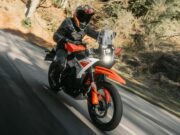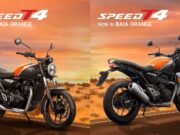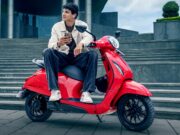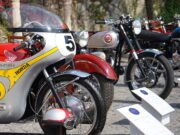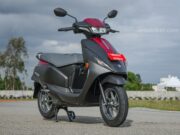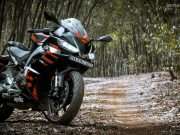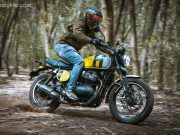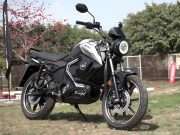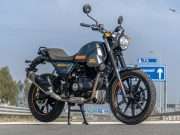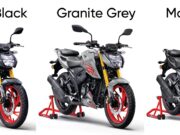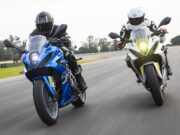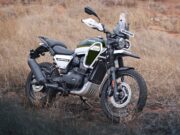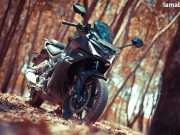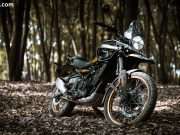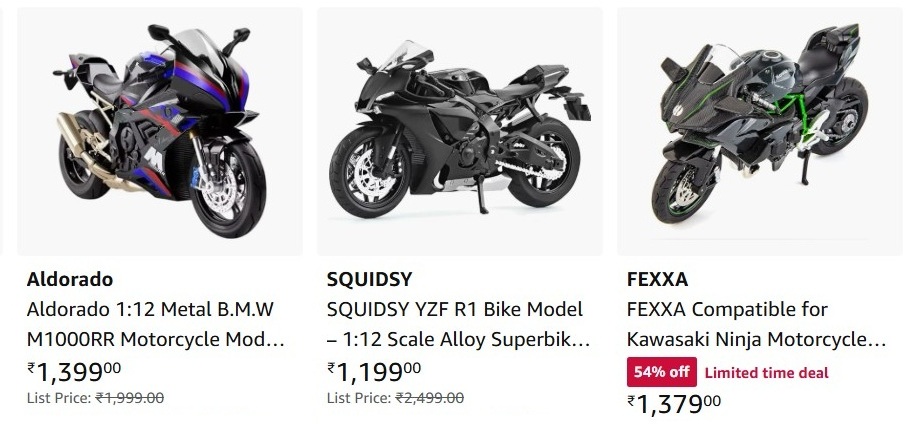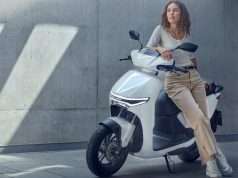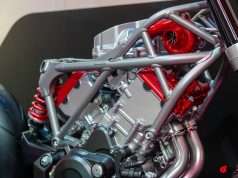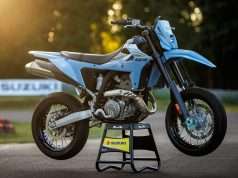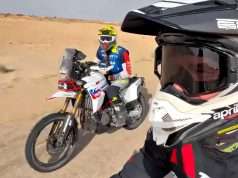The 2018 Honda CB1000R is a motorcycle that looks, feels and performs very differently from what’s gone before.
In creating this new identity, Honda’s development engineers have re-assessed the hard-core Sport Naked-Streetfighter underpinnings of the existing CB1000R, elevated its performance parameters and added the unexpected. Steered by retro- industrial minimalism, they have stripped everything back, moved away from ‘RR’ inspiration and instead used a host of textured metal finishes and an ultra-minimalist look under the design theme of ‘Neo Sports Café’. The result is a machine with a unique identity, a fusion of Sport Naked and bare-boned Café Racer inspirations.
The engine on the 2018 Honda CB1000R’s 998cc DOHC four-cylinder engine – which shares its architecture and layout with the CBR1000RR Fireblade – has been re-worked to provide a healthy increase in both power and torque: 107 kW @ 10,500 rpm and 104 Nm @ 8,250 rpm compared to the outgoing model’s 92 kW@ 10,000rpm and 99Nm @ 7,750rpm. Bore and stroke remain 75 mm x 56.5 mm but compression ratio is up 0.4 to 11.6:1 and the pistons are now forged (rather than cast) like the CBR1000RR SP.
The new engine out performs its predecessor in fuel efficiency too, returning 17.2 km/L rather than 16.9 km/L (WMTC mode).
Conspicuous by its absence is plastic – there are only 6 exterior parts constructed from that material, the largest being the svelte front mudguard. By contrast, what really makes its presence felt is the use of premium metal finishes throughout the machine, drawing on the long, café racer tradition: parts such as the burnished aluminium radiator shroud and airbox cover, the machined engine cases, cylinder head and sprocket hub, and the lustrously painted flangeless steel fuel tank.
2018 Honda CB1000R image gallery
All lighting is LED and the thin round headlight (with its metal-tone painted rim) employs a horseshoe-shaped light ring as well as distinctive two-bar light signature. The rear light is also a semicircular light bar that fills in solid when the brakes are applied. The T-shaped instrument panel – finished in the same metal-tone paint as the headlight rim – integrates into the top yoke, minimising bulk and the ignition switch is positioned at the front of the fuel tank.
For latest news in your mail box click HERE to subscribe to our daily newsletter!
or
Click HERE to Download our APP for all the action right on your mobile device!

